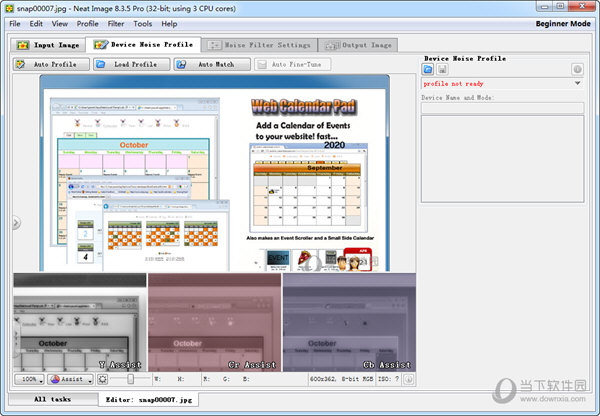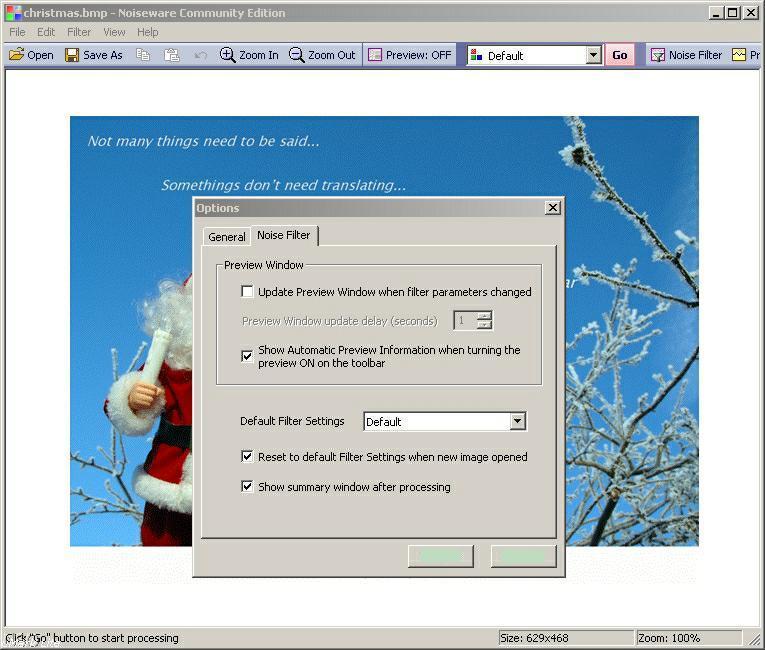

Of course, it will look different under different resolutions, but it is a screen capture of the image that was 3524 x 5285 pixels with physical dimensions of 9.7 x 14.6 inches at 360 dpi which is one of the recommended settings when using Epson printers.īelow is the full slide that was corrected using Imogenic's Noiseware plug-in and Photoshop CS3.īelow is another blowup of two of the faces after using Noiseware.īelow is a print size version of the picture created after reducing the grain with Noiseware.Ī lot more will be done with this image before it is finished. However, the image was still very grainy.īelow is a print size version of the picture. I made some minor adjustments in scanning using Digital GEM and Digital DEE to reduce grain and lighten some of the very dark areas. The first is an example of the slide that I had scanned with my Nikon SuperCoolScan 5000.

It works with Adobe Photoshop CS3 and with Windows' Vista as well as with other host programs and operating systems.
#Neat image noiseware professional#
After extensive testing on the slides, I chose the professional version of of the plug-in of Noiseware by Imagenomic which sells for $69.95. The following are the ones I found best for reducing the film grain: Noiseware, Noise Ninja, and Neat Image. The following are the programs I tested: GEM, Photomechanic, Picture Cooler, Akvis Noise Reducer, Noiseware, MagicDenoiser, Noise Ninja, Dfine2, Neat Image, Pure Image, Stoika Noise Autofx1.6. All of these programs can be downloaded for demo purposes. My purpose here was to reduce or soften film grain without destroying the details in the image so I tested all these programs for that purpose.
#Neat image noiseware update#
Then, I did a current search of the web because the author's last update was in 2005. I found this very useful comparison of programs at: and started from there. I was not happy with these results so I started searching the web for information on third part plugins or standalone programs. I did not try any of the Action Scripts one can purchase to use in Photoshop. I had first tried the noise reduction filter in Photoshop and a few other ways to remove noise using Photoshop tools. However, when scanned in, noise was generated. I knew this wasn't noise since noise is generated by digital cameras, but I tried these various programs to see if I could use the features to reduce the grain in the slides. I wanted to save these, so I began to experiment with noise reduction programs. This was visible to the naked eye, especially when magnified. I thought that they might have disintegrated slightly because they had such a large amount of ugly grain, some of which had strange colors, especially in the areas of the skin. I decided to work on some slides that I had taken over 30 years ago. Grain Reduction in Slides (update on original article)


 0 kommentar(er)
0 kommentar(er)
